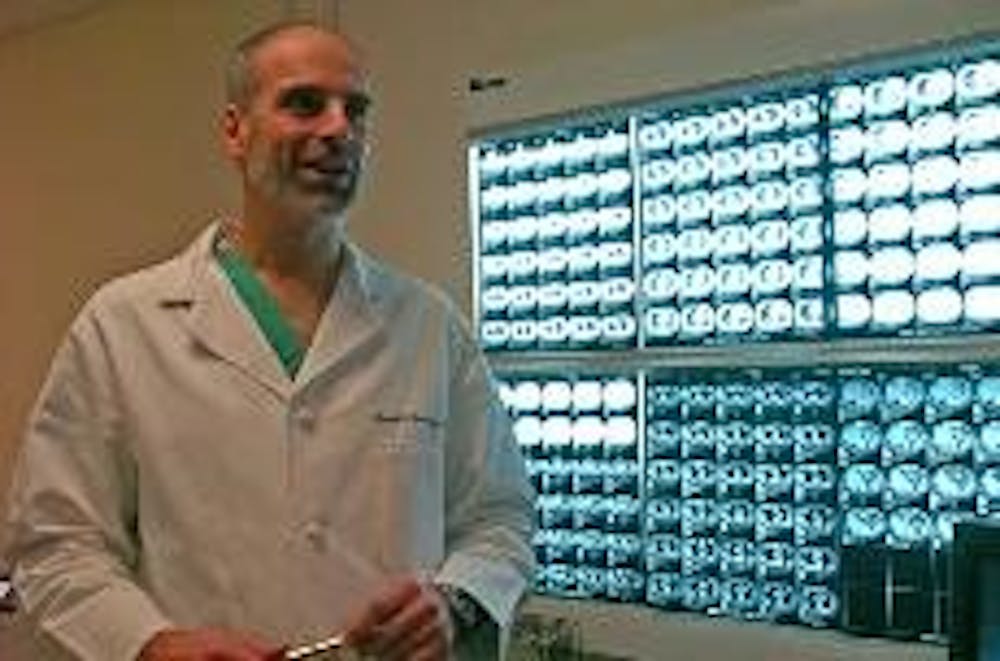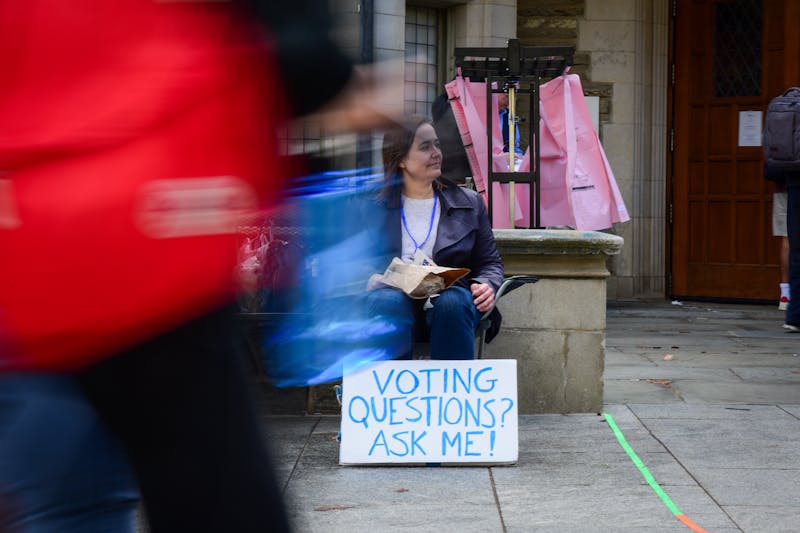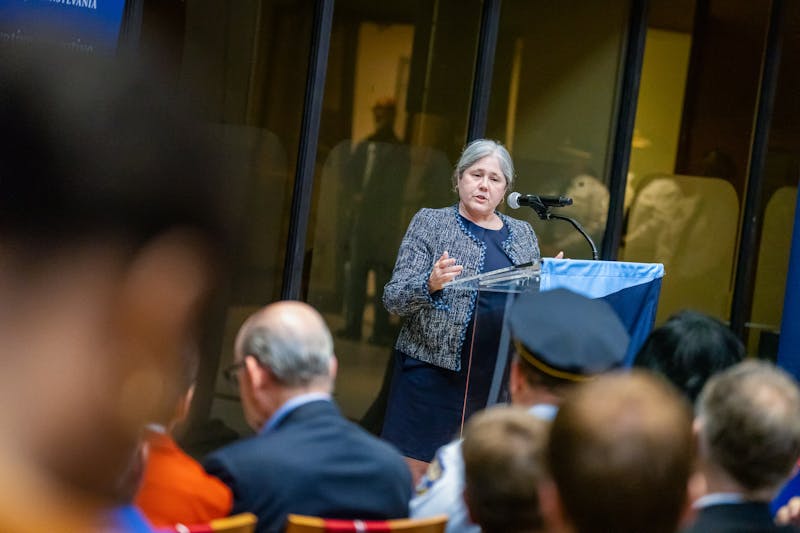
A group of Penn medical staff traveled halfway around the world last month to teach Taiwanese doctors how to perform an innovative cancer procedure - and ate some chicken heads on the side.
The team of six assisted Taiwanese surgeons, who had invited them over a year ago, in giving a light-based treatment to a woman suffering from lung cancer at an advanced stage.
Penn is one of the only places where doctors are studying the effectiveness of the treatment, photodynamic therapy, on cancer of the lining of the chest cavity, said Joseph Friedberg, a surgeon who headed the research and the trip.
PDT is carried out following a regular surgery that removes cancer tumors. The treatment - which aims to eliminate any remaining microscopic tumors - involves injecting a substance into the body that tends to concentrate in cancer cells and makes them light-sensitive. Doctors then shine a laser on the lining of the chest cavity, activating the photosensitizer and killing the cancer cells, Friedberg said.
The procedure - which is still in the experimental stage and has only been performed on 35 American patients - raises the average survival time of a stage 3 lung-cancer patient from a little over half a year to 28 months, he said.
Friedberg said Taiwanese doctors approached him when he was giving a lecture in Japan and asked him to teach them to perform the treatment in their country, where lung cancer is on the rise, but patients have no other option but chemotherapy.
A number of visiting surgeons came to watch the operation, and the hospital held a national press conference for the Penn group.
Now that the Taiwanese surgeons can perform the procedure on their own, Friedberg's team is already helping them select patients. Since PDT is not considered experimental in Taiwan, the treatment is already open to the public. In fact, Friedberg said, the surgeons he worked with got over 100 phone calls the day after the press conference.
"It's a great experience for us to be able to help someone get their program started," said Melissa Culligan, a clinical research coordinator and member of the PDT team.
Members of the team were amused by some of the differences between Taiwanese and American hospitals. For example, Friedberg noticed that the hospital only had "men's lockers and nurses' lockers" - there were no female doctors and no male nurses.
"I was a little shocked by that," he said.
The hospital also reused a lot of materials that Americans consider disposable, said Jack Huff, an operating room director and member of the team.
After the operation, the hospital gave its visitors a glimpse of Taiwan.
The doctors saw Taipei 101, the world's tallest building. and a Buddhist temple, where "they explained their religion to us," said Huff.
They also tried a variety of Taiwanese delicacies, including chicken heads.
"Everything they served was looking at you," Friedberg said.
The Daily Pennsylvanian is an independent, student-run newspaper. Please consider making a donation to support the coverage that shapes the University. Your generosity ensures a future of strong journalism at Penn.
DonatePlease note All comments are eligible for publication in The Daily Pennsylvanian.







